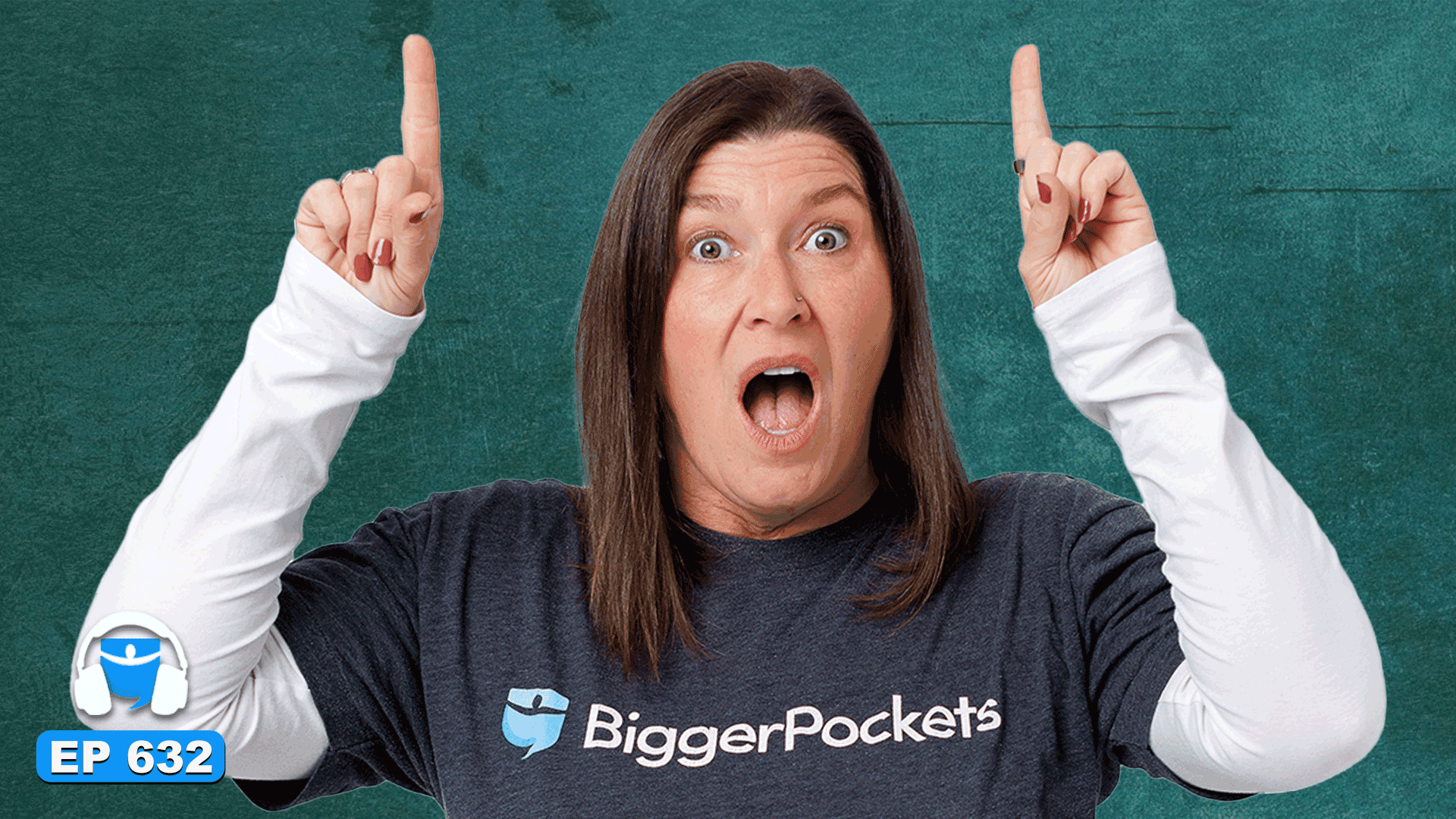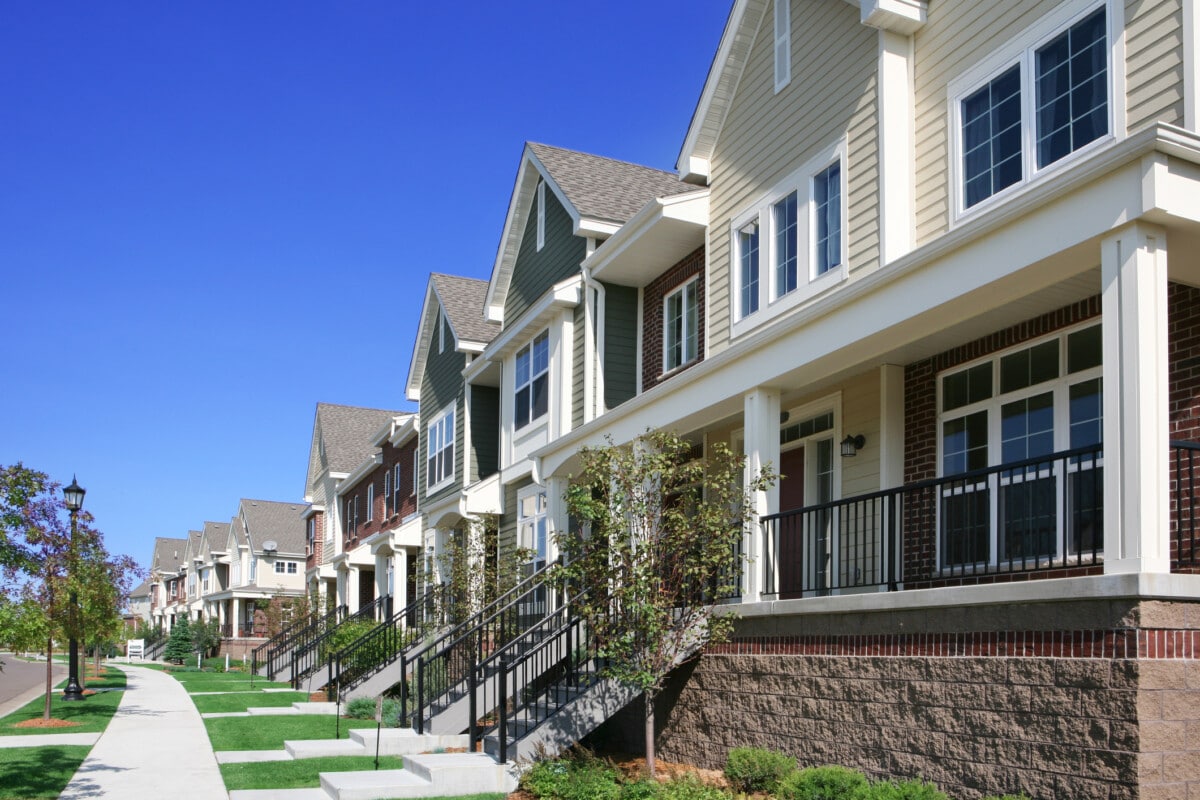A 32-year-old who starting buying up homes while working in retail, and later as a nightclub DJ, has revealed the clever tactics he used to transform his meagre savings into a burgeoning property empire.
Ravi Sharma has $16m worth of real estate assets which generate him $350,000 a year in gross rents. He said $9m of his portfolio of 15 properties is equity.
His investments include properties in Victoria, South Australia, Queensland and regional NSW. He is also particularly fond of real estate in Perth, where he has four properties.
He bought his first investment property aged 21 with savings he had earned from working in retail jobs during university.
MORE: Aussie landlord’s horror after 12 homes stolen
He now has 15 properties worth $16m.
MORE: Aussie fast food worker turns $40k wage into 5 homes
The Sydneysider was working as an account manager for a food company at the time, earning $60,000 a year, and moonlighted as a DJ on nights and weekends.
He couldn’t afford a Sydney property so he bought in regional NSW town Dubbo for $190,000, using a 5 per cent deposit. This was soon followed by a house in Taree for $255,000 on a 10 per cent deposit.
Mr Sharma said he saved money for deposits faster by staying with parents for longer and his second job as a DJ meant he got free food at night.
He soon quit his job at the food company and began to work more regularly as a DJ.
Inspired by what he had seen working at clubs, he later started an events hosting company, which he said was a success and allowed him to purchase more properties.
MORE: Aussie couple in 30s turn $60k into $153m
One of Ravi Sharma’s investment properties in Dubbo NSW.
MORE: Surprise amount you need in bank to be wealthy
Mr Sharma admitted he is a fan of leverage – the process of refinancing his loans to draw out equity, which he uses for the upfront costs of new purchases.
“I did that for a lot of my purchases, but I’ve also used savings when I have had enough to put in,” he said.
“I like to buy houses with three to four bedrooms. It’s got to be a high growth location so that you can (leverage). A big indicator that it’s a good place to buy is if government has committed a lot of spending.”
He said finding these locations was a full-time job. He began to “lose the enthusiasm” to run his entertainment business in 2019 and, when social distancing restrictions hit during Covid in 2020, he moved on and now works in real estate as an adviser.
Ravi Sharma’s properties in Taree.
Mr Sharma said he remains a renter. “I could never justify spending all that money for a Sydney home so I rent and put my money into locations where it works harder for me.”
Mr Sharma said he prioritises high-yield properties in regional growth areas, assessing government spending, supply-demand dynamics, and infrastructure developments.
He avoids off-the-plan apartments and house-and-land packages, which he believes are risky due to oversupply and high marketing fees. Instead, he focuses on stand-alone houses and duplexes in mini capitals and major regional hubs.
Sydney, he claims, is unattainable for most first-time investors due to low rental yields of about 2-3 per cent and high entry costs. While many feel pressured to buy in the city, he advises a mix of cash flow and capital growth investments, favouring regions where housing demand is rising.



















 English (US) ·
English (US) ·